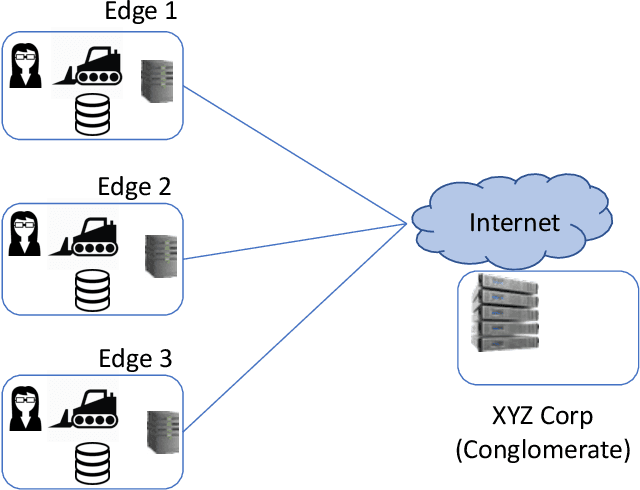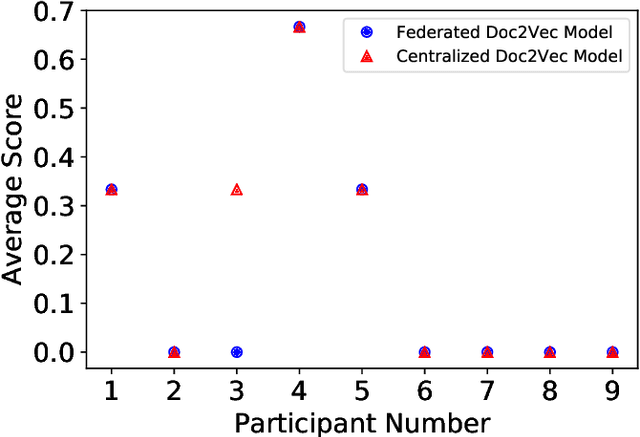Shalisha Witherspoon
GneissWeb: Preparing High Quality Data for LLMs at Scale
Feb 19, 2025Abstract:Data quantity and quality play a vital role in determining the performance of Large Language Models (LLMs). High-quality data, in particular, can significantly boost the LLM's ability to generalize on a wide range of downstream tasks. Large pre-training datasets for leading LLMs remain inaccessible to the public, whereas many open datasets are small in size (less than 5 trillion tokens), limiting their suitability for training large models. In this paper, we introduce GneissWeb, a large dataset yielding around 10 trillion tokens that caters to the data quality and quantity requirements of training LLMs. Our GneissWeb recipe that produced the dataset consists of sharded exact sub-string deduplication and a judiciously constructed ensemble of quality filters. GneissWeb achieves a favorable trade-off between data quality and quantity, producing models that outperform models trained on state-of-the-art open large datasets (5+ trillion tokens). We show that models trained using GneissWeb dataset outperform those trained on FineWeb-V1.1.0 by 2.73 percentage points in terms of average score computed on a set of 11 commonly used benchmarks (both zero-shot and few-shot) for pre-training dataset evaluation. When the evaluation set is extended to 20 benchmarks (both zero-shot and few-shot), models trained using GneissWeb still achieve a 1.75 percentage points advantage over those trained on FineWeb-V1.1.0.
SEEC: Semantic Vector Federation across Edge Computing Environments
Aug 30, 2020



Abstract:Semantic vector embedding techniques have proven useful in learning semantic representations of data across multiple domains. A key application enabled by such techniques is the ability to measure semantic similarity between given data samples and find data most similar to a given sample. State-of-the-art embedding approaches assume all data is available on a single site. However, in many business settings, data is distributed across multiple edge locations and cannot be aggregated due to a variety of constraints. Hence, the applicability of state-of-the-art embedding approaches is limited to freely shared datasets, leaving out applications with sensitive or mission-critical data. This paper addresses this gap by proposing novel unsupervised algorithms called \emph{SEEC} for learning and applying semantic vector embedding in a variety of distributed settings. Specifically, for scenarios where multiple edge locations can engage in joint learning, we adapt the recently proposed federated learning techniques for semantic vector embedding. Where joint learning is not possible, we propose novel semantic vector translation algorithms to enable semantic query across multiple edge locations, each with its own semantic vector-space. Experimental results on natural language as well as graph datasets show that this may be a promising new direction.
 Add to Chrome
Add to Chrome Add to Firefox
Add to Firefox Add to Edge
Add to Edge